MiAlgae’s plans include ‘modular’ biotechnology production facilities in various locations in Scotland
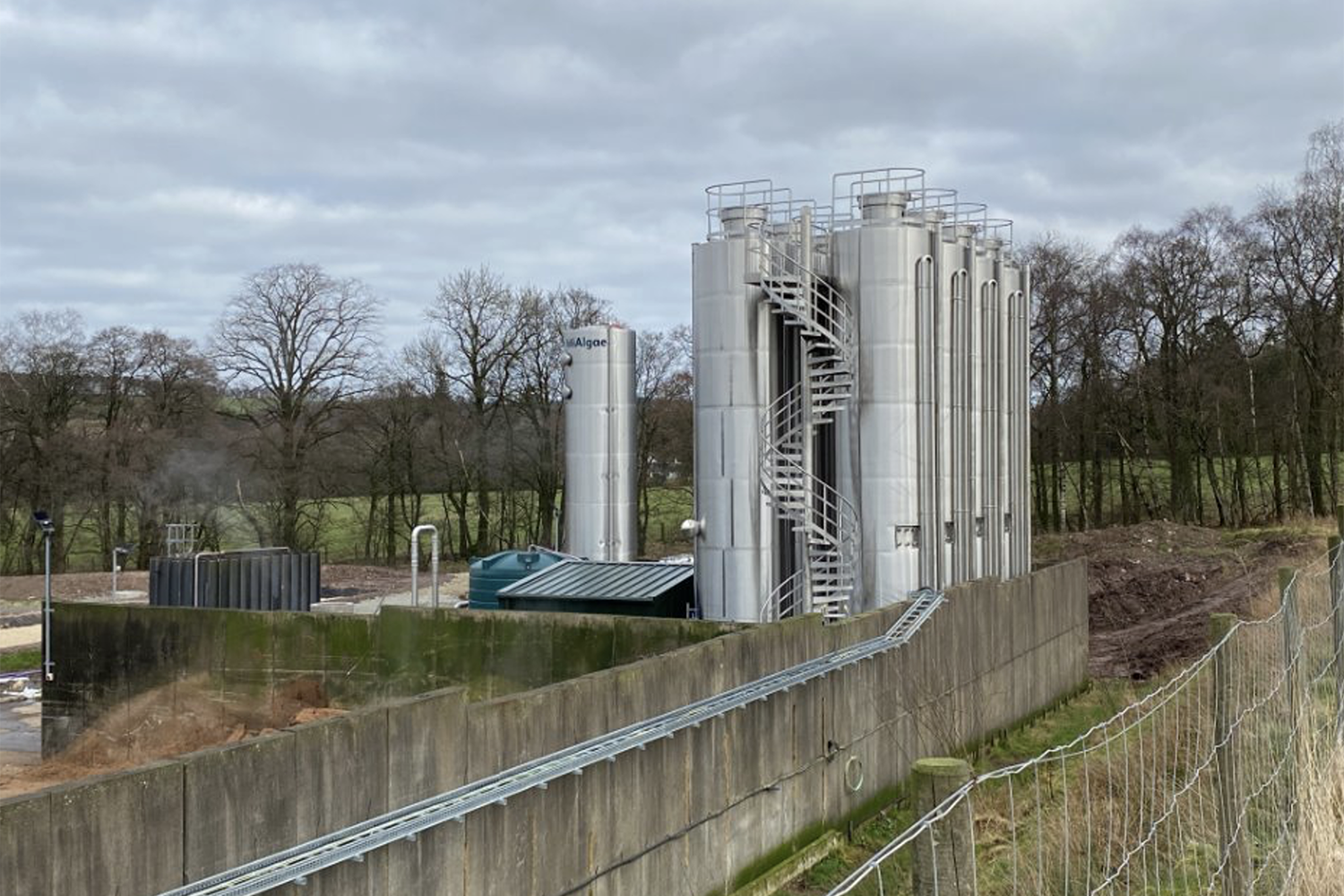
With the global aquaculture industry needing greater supplies of alternative feed ingredients – microalgae, insects and single-cell proteins – another producer has entered the field with a highly nutritious product for aquaculture feeds and pet foods.
MiAlgae (pronounced “my algae”) was founded eight years ago and has, somewhat under the radar, emerged with a solution that aquaculture feed producers will see as a welcome development – commercial-scale production of an ingredient rich with the omega-3 fatty acid DHA (docosahexaenoic acid), an essential nutrient that humans and pets can only get through their diets.
The company, based in Edinburgh, Scotland, has a working production facility in nearby Balfron that new Commercial Director Chris Haacke told the Advocate is demonstrating the scalability of its proprietary processes.
“We’re creating biomass via a circular economy,” Haacke said. “It’s a product that can reduce the reliance on wild-caught fish in both aquaculture and pet foods. It has lots of fantastic health benefits that are well researched.”
What sets MiAlgae’s process apart from other microalgae biomass and oil producers is the feedstock, or the raw material that is used to grow the microalgae in industrial bioreactors, and also what comes out of the process: a highly nutritious microalgae biomass and clean water that can be returned to natural water courses.
The best part? The feedstock is a plant-based material that is undoubtedly Scottish: whisky coproducts (byproducts), namely the pot ale and spent lees that are produced as byproducts of the distillation process by distilleries throughout Scotland producing the nation’s signature libation.
What responsibility should the industry take to support these nascent ingredients? That’s a fundamental question.
“Our Scottish site has proven our technology to use whisky coproducts as part of the fermentation feedstock, which then outputs clean water as part of that process,” said Haacke, who only joined the company this February. “We produce a DHA-rich natural strain of algae, an alternative source of long-chain omega-3 fatty acids. Seafood is the way to deliver the omega-3 fatty acids to consumers.”
Haacke, who joins MiAlgae after a stint with Agronutris, a biotech company in France specializing in insect proteins for animal nutrition, and after several years at Corbion Algae Ingredients (originally TerraVia), one of the world’s two other prominent microalgae producers.
With extensive experience in the production of alternative feed ingredients, Haacke knows quite well the obstacles that producers of such materials can face.
Black soldier fly larvae meal producers get innovative, collaborative
“It’s always the same stumbling blocks: scale and affordability,” he said. These two benchmarks are “not often reached yet there are various routes” to achieve them. To that end, Haacke said industry support is crucial.
“What responsibility should the industry take to support these nascent ingredients? That’s a fundamental question,” he said. “A phased shift from hunting the seas to deliver healthy seafood protein to an increasing reliance on a farming process with sustainable practices and high levels of animal welfare. [Adoption of alternative ingredients] is part of that transition for the industry.”
As Haacke pointed out, whisky co-products are generally treated as a waste material and new distilleries are opening frequently. More details about the company’s growth plans will be revealed over the coming months and years.
“There will be a push to roll out a number of modular bioreactor sites over the next few years to reach a commercially impactful scale,” Haacke. “It doesn’t need to be a single site. We can have a distributed decentralized production system.”
MiAlgae Founder and Managing Director Douglas Martin added: “We have a situation where we have a growing global population needing more marine omega-3s but our fisheries are at capacity and in many cases beyond capacity, so we need to find responsible alternatives. Our proprietary platform enables us to use low-value co-products and produce a commercially viable DHA-rich microalgae at a relevant scale from a circular economy.”
Now that you've reached the end of the article ...
… please consider supporting GSA’s mission to advance responsible seafood practices through education, advocacy and third-party assurances. The Advocate aims to document the evolution of responsible seafood practices and share the expansive knowledge of our vast network of contributors.
By becoming a Global Seafood Alliance member, you’re ensuring that all of the pre-competitive work we do through member benefits, resources and events can continue. Individual membership costs just $50 a year.
Not a GSA member? Join us.
Author
-
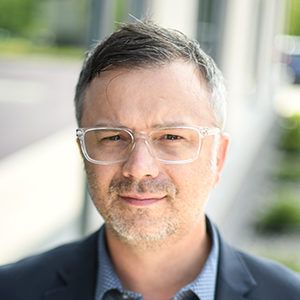
James Wright
Editorial Manager
Global Seafood Alliance
Portsmouth, NH, USA[103,114,111,46,100,111,111,102,97,101,115,108,97,98,111,108,103,64,116,104,103,105,114,119,46,115,101,109,97,106]
Related Posts
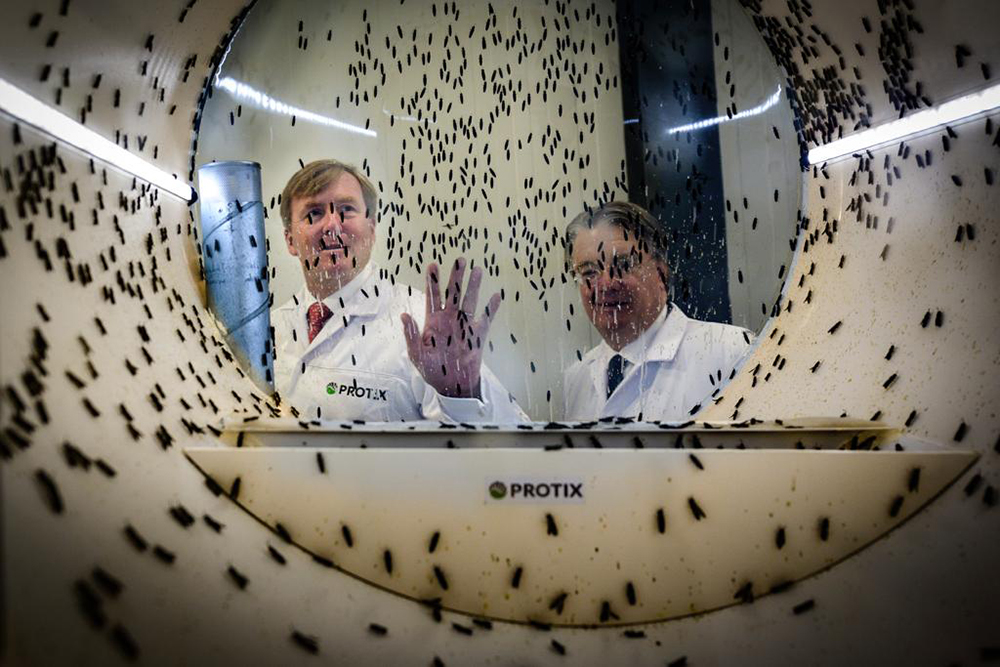
Aquafeeds
World’s largest fly factory attracting investors eyeing aquafeed expansion
A high-capacity black soldier fly factory puts Protix in position to ramp up production. Investors explain why they’re betting on the sector’s success.
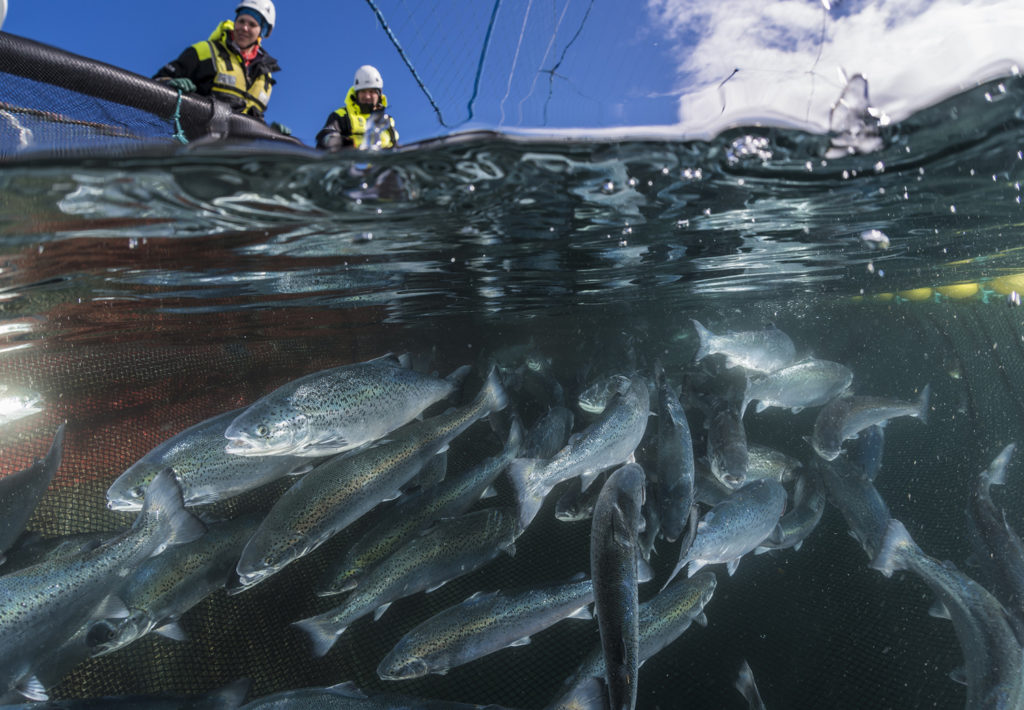
Aquafeeds
Can corn fuel aquaculture’s growth? Veramaris says yes
The benefits of omega-3 fatty acids to human health are well known. Fish need them too. To supplement current supplies from wild-caught fish, one innovative venture is turning to the corn fields of Nebraska – yes, Nebraska – for answers.
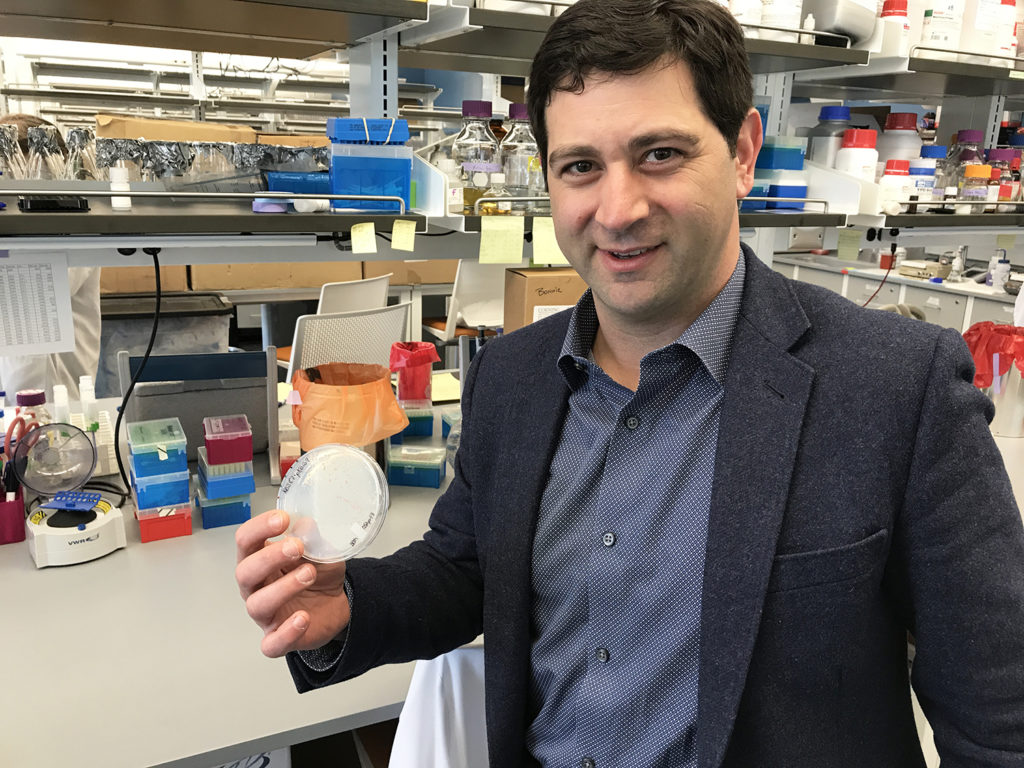
Aquafeeds
The pink powder that could revolutionize aquaculture
KnipBio, a Massachusetts-based biotechnology startup founded in 2013, is refining the manufacturing process for a promising aquaculture feed ingredient that may one day form the foundation of the food that farmed fish eat.
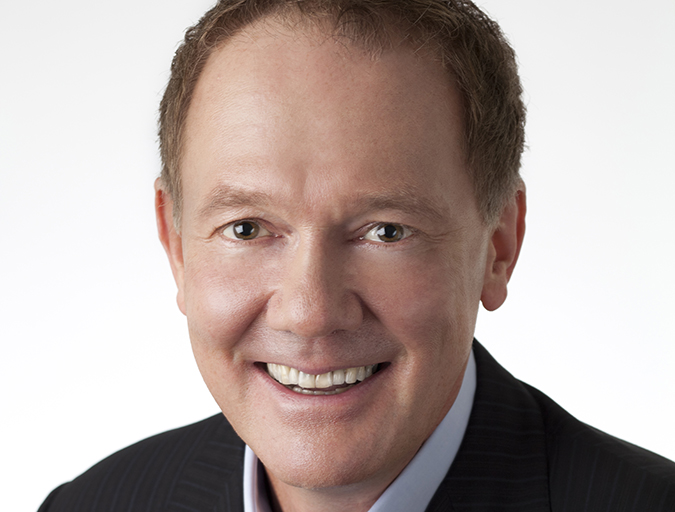
Responsibility
Aquaculture Exchange: Alan Shaw, Calysta
Turn fuel into animal food? Calysta can do that. The California biotech company is now hoping for greater buy-in from aquaculture, its target market. CEO Alan Shaw talks about the potential of FeedKind and its ambitious plans for 2016 and beyond.


